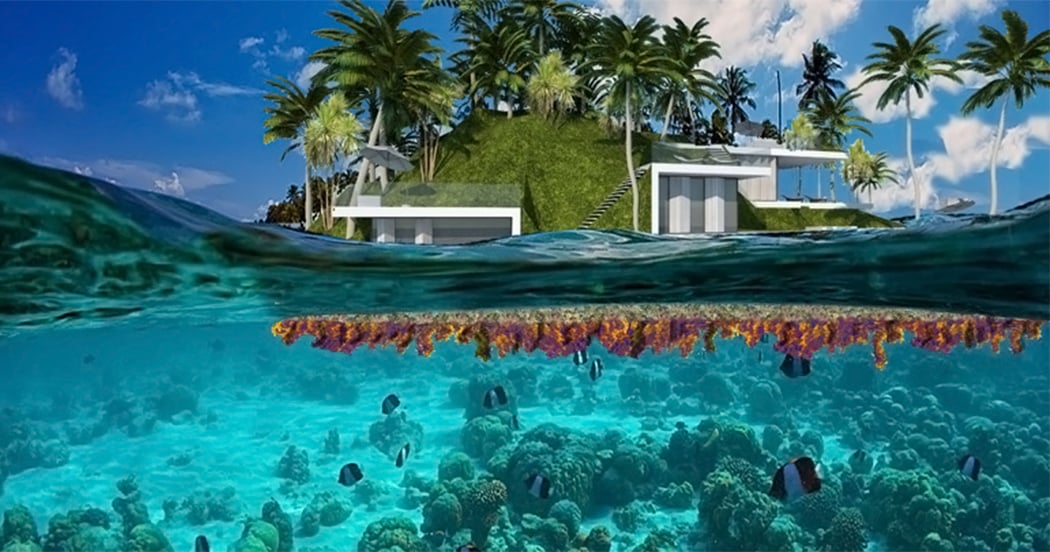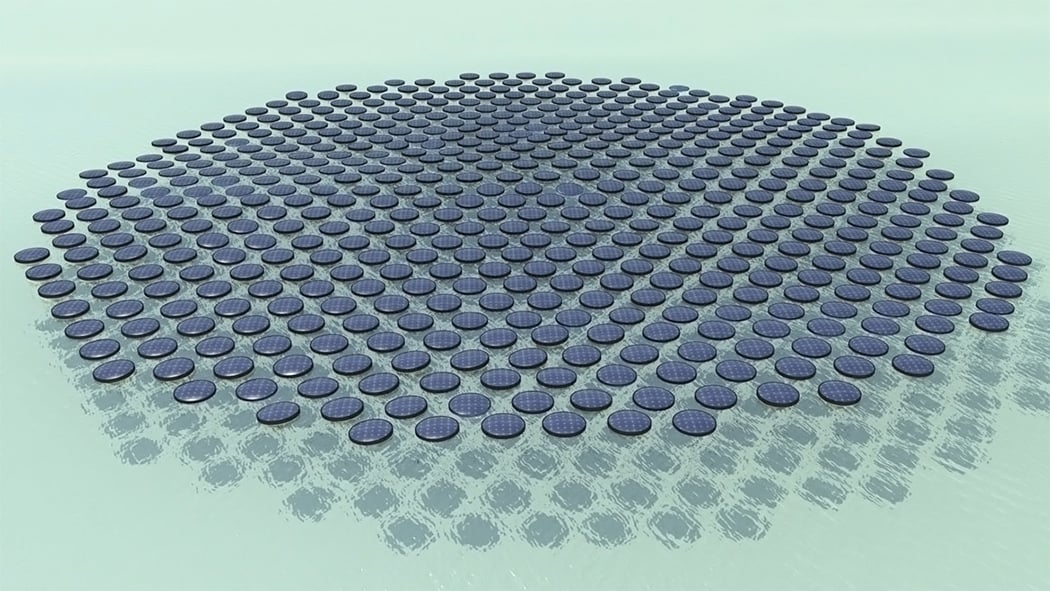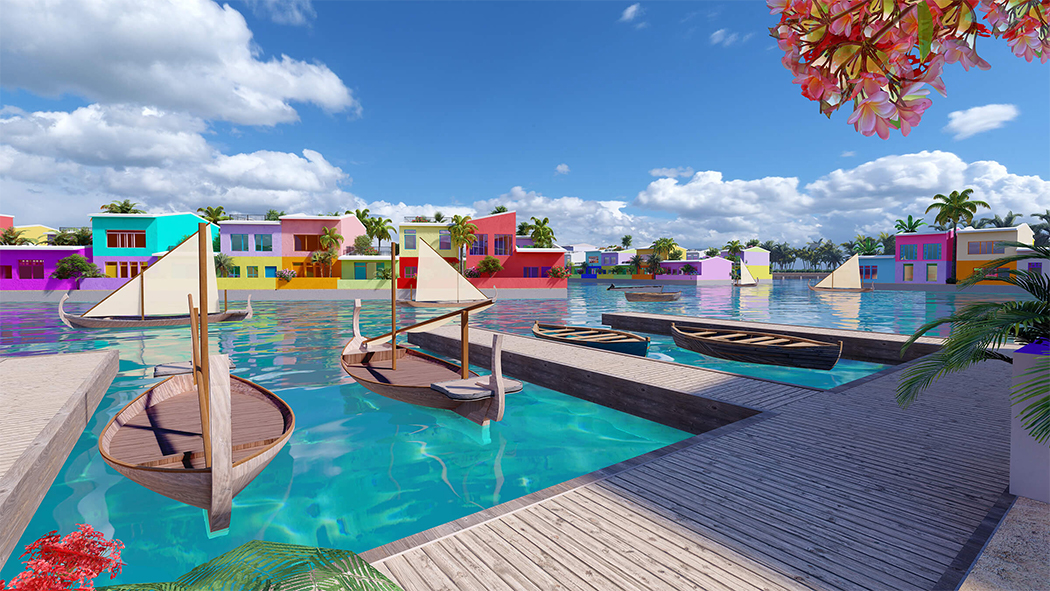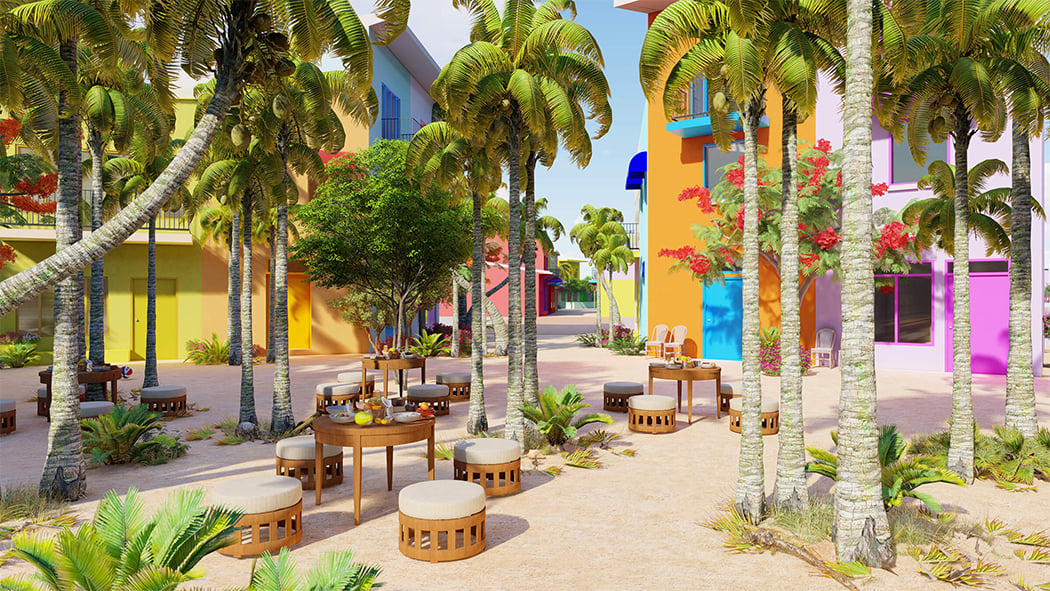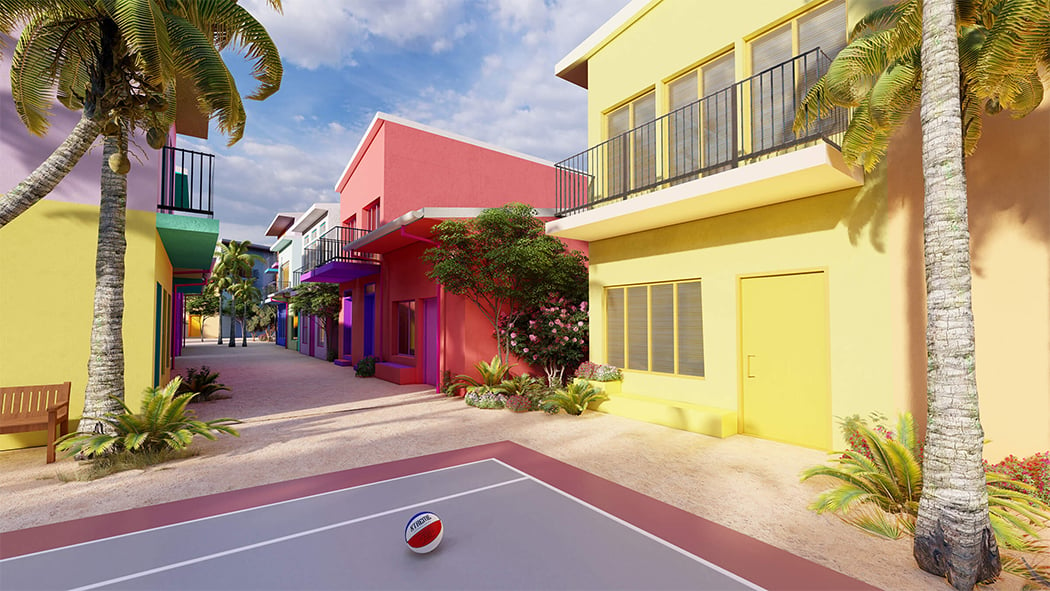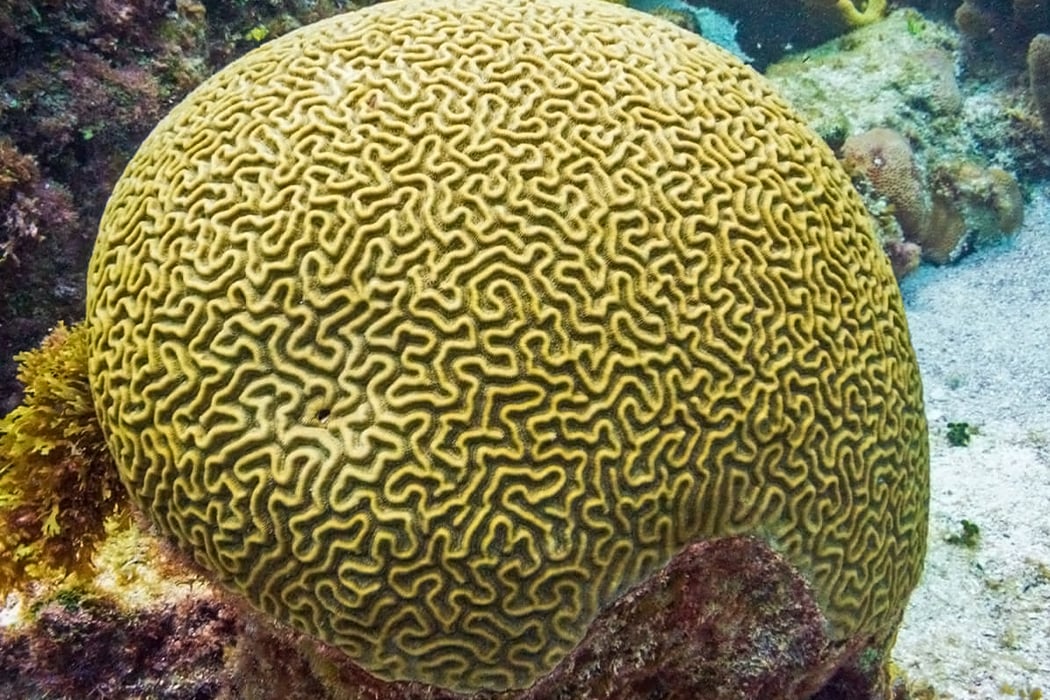Coastal communities are one of the first to be impacted by the rising sea levels due to the ongoing climate crisis. A lot of architects are coming up with innovative solutions to protect the coastal communities and we might just see the first fully floating island city in the Maldives! The government officials of the island nation officially announced plans to build this ambitious yet sustainable urban project which could be a blueprint (or an experiment!) that could be replicated on a global scale.
According to NASA, Maldives is arguable the lowest-lying country with an average elevation of just 3.3 feet above sea level which means the island republic will soon have to rely on sustainable housing alternatives. The archipelago nation in the Indian Ocean has a total of 1190 islands and 1000 would be submerged at the current rate of sea-level rise. This project is called Maldives Floating City (MFC) and will be constructed just minutes away from Male which is the capital. The team comes from a Netherlands-based studio Dutch Docklands which happens to be a world-renowned leader in floating infrastructure. MFC’s shape will be series of honeycomb-like hexagonal maze rows inspired by the Brain
The system of floating rows is anchored to a ring of islands that form the base and also the stabilizing breaker wall for all the structures—the primary reason for placing MFC in an ideally suited small lagoon. More from the press release:
While MFC floats up top, island barriers around the lagoon will serve as breakers down below. This ingenious configuration lessens the impact of lagoon waves while stabilizing the structures and complexes on the surface.
The whole city is about three-quarters of a square mile, or 200 hectares, with low-slung residential buildings and commercial amenities built on separate structures. The designers say the MFC complex hearkens back to the history of seafaring culture and local architecture in the Maldives.
Thousands of homes will float on the hexagonal coral clusters, starting at $250,000 for about 1,000 square feet, plus a roof terrace. While that price point isn’t laughably low, it’s perfectly reasonable for the context of an island vacation wonderland.
It’s easy to imagine these units filling up as people’s winter homes, but hopefully, there will be some locals in the mix as well. In the press release touting MFC, the designers say their goal is to have local traditional fishing families live in the floating city. It’s not clear if the $250,000 price point is realistic for these families, or if there will be subsidized housing.
If the idea of a modular floating city makes you think of, say, Waterworld, you’re not alone. There are also traditional floating cities scattered around the world, and the Maldiveans are careful to say theirs is the first to combine the housing and other structures in this particular way, surrounded by a barrier lagoon and with an array of amenities.
The floating city will break, uh, sea in 2022. Eventually, the complex will include those thousands of homes, plenty of commercial space for stores and necessaries, and a hospital and school for locals to use. While the complex is anchored to the barrier islands, this will likely be a modular connection that can be extended as the sea level rises—perhaps even submerging the barrier islands in the future.
If MFC succeeds, the officials are likely right that it will be influential around the world. While inland territories have a lot more time to avoid the most literal effects of the rising sea level, the Maldives’ peer island nations like Nauru or Micronesia will have to act quickly to preserve their territories and cultures.
Designer: Dutch Docklands
